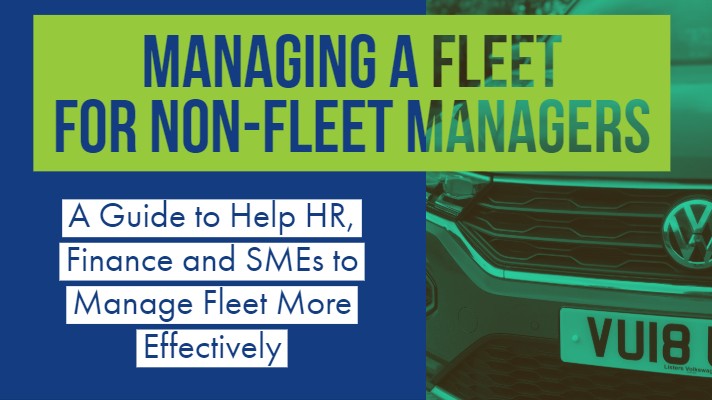Managing a Fleet for Non-Fleet Managers
Are you interested in finding out how to manage a company fleet? Here’s an informative guide to help HR, finance and SMEs to manage fleet more effectively.
What’s it About?
This information is designed to help you to devise a fleet strategy for all types of employee needs. It is by no means exhaustive, but should serve as a framework for those with little fleet experience; a framework you can follow to ensure success. At the end of this paper, you will find additional resources and contacts you may find useful. The typical company car costs around £8,000 a year to run. It’s a cost second only to payroll for some companies; it needs as strong a strategy. This paper is designed to help you ensure you have a sound strategy, whether managed in house or externally.
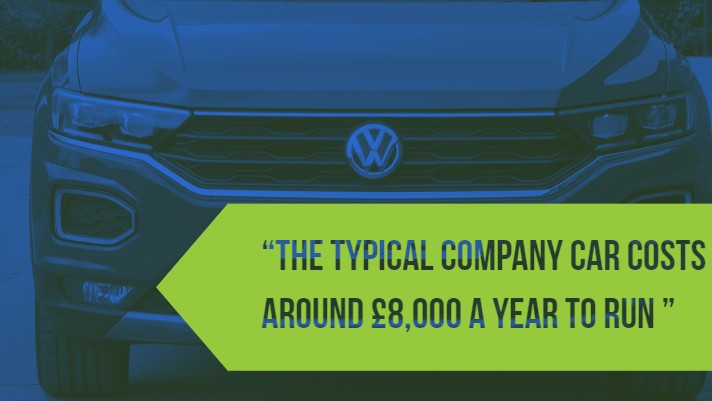
What is a “Company Fleet”?
The UK is one of the largest company fleet markets in the world and probably the best established. The “company fleet” is, in essence, vehicles owned or leased by the company for employee use in everyday life. However, in the UK it is much more than that. In the 70’s employers first used cars to recruit talent and to overcome set pay rules imposed during hyperinflation. Since then, cars have increasingly been used as a recruitment and retention tool.
One thing for sure is that the company fleet is a huge part of modern business. Carrying huge potential benefits, but huge costs and even potential legal issues if you get the strategy wrong.
Differing Company and Employee Needs
When looking at operating a vehicle fleet you need to devise or indeed revisit the business case. Too many companies still have the same strategy they had 10-15 years ago simply because it’s always been done that way. But as companies and transport evolve, so should your vehicle policy.
Most companies require company vehicles, however, that is addressed should be tailored, not blanket. It normally depends on a whole raft of variables, but we’ll concentrate on the 2 main drivers, utilisation and purpose.
Moving Equipment
If you need to move equipment, whether it be goods or people, you have to choose appropriate vehicles. Although, they don’t always need to be permanent. If vehicles are likely to be used for more than 8 days a month we’d suggest you buy or lease. You’d be amazed how even specialised vehicles can be sourced cost-effectively.
Employee Need
All employees need vehicles for everyday use, even if they are just driving to/from work. You may be surprised to know you can help with this. The best solution depends on utilisation…
No Work Use – Have you considered a salary sacrifice scheme? It costs you nothing and has huge benefits to recruitment, retention and provides a healthy boost to your green credentials.
Nominal Work Use – For occasional work use, you may be better served with a pool car fleet (spare cars you allocate as needed). You can hire cars, through companies like us, or, worst case, employees have to use their car. The latter, however, can be expensive for you and the employee and is fraught with the duty of care issues. See our grey fleet section to learn more.
High Mileage / Essential Users – Anyone covering more than 10,000 business miles a year really should be in a company car. The car should be ‘fit for the purpose’. This means lumbar support, adequate room and sometimes a sat nav will be required.
Other Considerations – Will you look at a compromise between work and own use? Do some employees need 7 seaters? Would these be practical for company use? Do you want to allow 2 doors? If the team need to pick up customers these could be problematic. Should you set a max CO2 or min MPG? There are many considerations to take when sourcing vehicles suitable for company use.
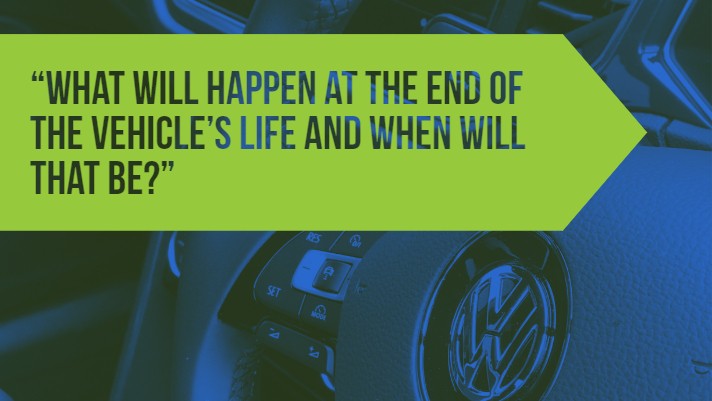
Funding Methods
Loosely, when you look to fund vehicles, you have 2 main options: buy them outright or lease them. The difference will depend on many things. Owned vehicles tie up cash and must be reflected on the balance sheet. Whereas, lease vehicles may not be on the balance sheet and do not tie up cash. They can, however, be less flexible if requirements change.
Buying Vehicles Outright
As the saying goes ‘cash is king’ and this can be the case with company vehicles. If you’re a cash-rich company, buying outright can give you more flexibility and save you money compared to finance. Thus giving you financial flex, especially with low CO2 vehicles, which can be written down over much shorter periods. However, unlike other assets, vehicles always depreciate, sometimes dramatically. If the company has other lendings, it makes sense to buy vehicles. This is as the cost of financing cars is pretty competitive and offers other tax advantages.
‘Formal’ Leasing
Leasing is the most popular way for companies to fund equipment. Whether a car, a van or much more expensive, industrial equipment. There are several ways to lease and each has its advantages. It’s important to start with the end in mind. Such as, when is the end of my vehicles life and what is going to happen?
Contract Hire
Contract hire is extremely established. You hire an asset with the hire-rate based on how many miles you expect to do in it. The rate will normally include maintenance and other services so it’s a great way to fix your expense. However, contract hire means you will never own the vehicle so you’re funding the depreciation and interest only. This has a couple of disadvantages. If your employees don’t take care of the car then you could incur fees when you return it. Similarly, if your mileage is unpredictable you will either return the car with fewer miles or more miles; the latter leading to a further penalty. This being said contract hire is a great low-admin, low-cost way of providing vehicles with huge initial outlay.
Finance Lease
Finance lease and hire purchase are very similar. Aside from the fact that the vehicle becomes yours at the end of the contract, removing the additional penalties risk. This does mean you take the depreciation risk. Finance lease allows you to borrow money for a vehicle. You can pay monthly until a final payment can transfer the vehicle to you. You can also take maintenance contracts to reduce that burden, and you have greater flexibility over the final payment. It can be expensive, but it’s very good for funding assets with special equipment. Take a van with specialist racking, for example. The fitting would add cost upfront, as well as complexity on return if you went the contract hire route.
Hire Purchase
Hire purchase is very similar to finance lease, except there is no large final payment. You pay the balance down in equal monthly payments. You need to reflect the asset on the balance sheet with both.
Hire
Short term hire is often overlooked. For companies that only need a vehicle for a couple of days each month, it’s often much better value. Vehicles are newer and can still be specialised. The rate includes insurance, which can be hard to source or corporate with no claims history. Hire can be arranged through fleet management providers. They’ll have access to the widest possible selection of suppliers. This way you’ll get the most appropriate vehicle to the most appropriate location at the best possible cost!
It’s also a fantastic alternative to employees using their cars, and it’ll often save you money.
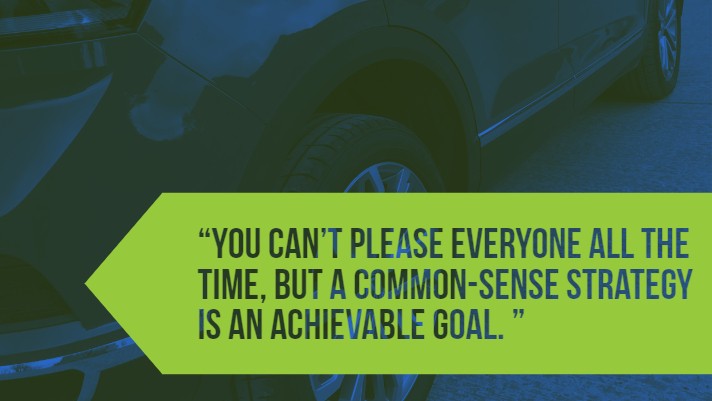
Constructing a Policy
When you look at vehicle policies, car policies especially, you’ll be amazed by how political things can become. Often the people designing the policy are not eligible for cars, and the negativity of those eligible can understandably frustrate. However, take into account the genuine needs of all stakeholders, employees, employer and customers. A sensible solution can often be reached with all but the most petulant drivers. You can’t please everyone all the time, but a common-sense strategy is an achievable goal.
Firstly, consider the job needs. Some organisations make the mistake of issuing cars to all employees of a certain grade. The issue here is that it’s extremely difficult to go back once you have made that decision. We believe the differentiator should be the need for a car. This is based upon the business miles driven and nothing more. Of course, cars can also be great for recruitment/retention, but there are better tools for that.
Next, consider the mileage and your budget. Budgets can be tight, but you should choose a car fit for the purpose. Like, putting someone covering 30,000 miles a year in a small hatchback will hamper performance once they arrive. What’s more, this could give them back problems too. Also, consider what your competitors offer, as cars are quite political. We’d recommend you give employees a choice within the limits of the business.
For example:
Ownership Cost – Set a maximum list price or cost per month. You may want to allow employees to have different cars. But, if they are more expensive, make them pay personally for any difference.
Running Cost – Set a minimum MPG, a CO2 cap, and even encourage electric cars or hybrids. We have a separate guide on this which may help. Consider linking mileage reclaim rates to the MPG the employee achieves to promote more sensible driving.
Also, consider how you will handle fuel. Pay and reclaim is very popular. It’s where employees are reimbursed for fuel use in connection with work at a rate set.
Another alternative is fuel cards. It’s essentially the opposite of pay and reclaims. This is where you pick up the tab and the employees reimburse for private use. Both have advantages and disadvantages, and both have the technology to make the whole process simple. The key thing is a robust process as HMRC are very attentive to the rates and process used. On top of this, any errors can result in fines.
Lastly, consider day to day use of the car and safety concerns. It sounds harsh but just because an employee has a licence it does not make them a good driver. Your policy should ensure both vehicle and employee are ‘fit for the purpose’. Regular licence checks are a must, as are vehicle roadworthiness checks.
Do Perfect Suppliers Exist?
The suppliers you choose may be led by location, cost or a compromise of both. Local small suppliers tend to offer better service as they value your business more, but costs may be higher. It’s a compromise, factor in things like if they offer collection and delivery for servicing as this can equate to a fortune in employee productivity costs which will overcompensate for any invoice cost difference. With vehicle sourcing whether you buy outright or lease if you choose one manufacturer for all your fleet this will lead to a significant reduction in cost, however, don’t underestimate the impact of this decision. Employees regularly leave due to car choice and the cost of replacing an employee far outstrips the cost of being slightly more flexible in your fleet policy.
Day-To-Day Management
A well-run fleet shouldn’t be invasive, but it can be disruptive to your work schedule as tasks aren’t always scheduled. A breakdown, puncture or accident can happen any time. Many partners can help with day-to-day management and act as a point of call for distractions. If you prefer to handle this inhouse, then choosing a good insurer and breakdown provider can remove most the admin. This is done by simply placing a card with all the contact details in the car.
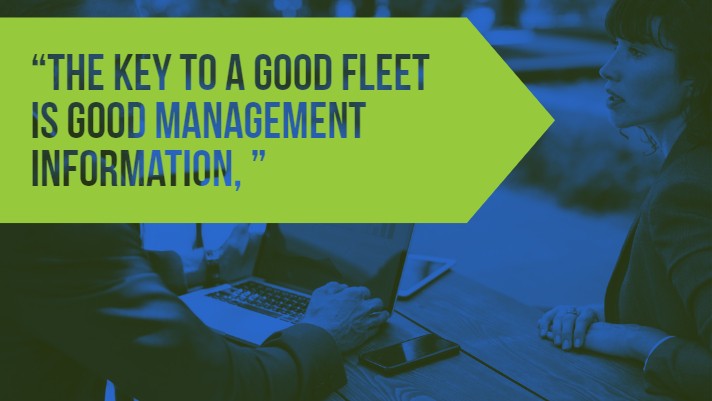
Legal and Taxation Concerns
Tax is a danger zone. People get into quite a serious mess with it quite quickly. Company cars are a ‘taxable’ benefit. You must pay a Benefit-In-Kind in the form of extra income tax for your team and employers NIC for you. You must keep accurate records and meet deadlines around areas from updating the Motor insurance Database to submitting P11d information.
Report and Review
The key to a good fleet is good management information. Always keep a central data source with all the information you need on your fleet. Whether that’s using specialist software or just an Excel spreadsheet. If you outsource this, your partner will often provide this information for you. After that, it’s reviewed regularly, just like other business areas. Similarly, fleet never stands still, especially regarding the current trends for green fleet and tax changes.
Free Fleet Management Webinars
Tags : Fleet Management, fleet management tips, green fleet, vehicle sourcing

